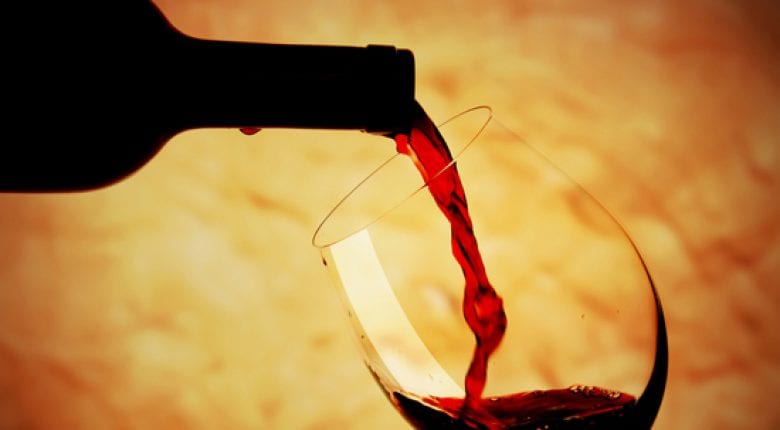It’s a recurrent and often uncertain situation: You’ve opened a really nice bottle of wine but can’t finish it. You’d like to enjoy the rest later, but…
How long will it retain its quality now that it’s opened?
Wine has one of the longest shelf lives of any consumable product. Well-sealed and protected by only a few milligrams of sulphite, some fine-quality wines can be kept and enjoyed for years (even decades), and some wines actually improve with age. However, once a bottle has been opened, the wine is inevitably exposed to oxygen – its worst enemy – and the gradual process of oxidation starts to take place. And, after a certain amount of time, the effects of oxidation start to become apparent as the fruit composition begins to alter. The wine’s freshness and immediacy wanes, the complexity of its impression on the palate fades, and the liveliness and balance in its flavour is lost.
Tannins protect wine from oxygen
Generalisations regarding how fast these oxidation processes occur, according to the type of wine, are very difficult to make. In general, though, wines with a firmer structure – such as those with a more sturdy body and a higher alcohol or acidity content, along with those that are sweeter, can resist oxidation for longer than light, delicate, low-acidity wines. In red wines, tannic acid (also known as tannin) plays an important role. This natural component, amply present in the more robust red wines, is responsible for the typical slightly fuzzy/dry sensation on the palate and lends full-bodied reds their backbone and structure. Furthermore, tannins are also powerful antioxidants that, for a certain period of time at least, afford wines a degree of protection against the harmful effects of oxygen.
When not to partake
How long an open bottle of wine can be stored and still enjoyed is a highly subjective question that each individual must answer for himself. Even if the wine has lost some of its fruitiness and no longer has the same quality of flavour as when it was freshly opened, it can still taste pretty good. But once the wine begins to show clear signs of oxidation – a darkening of colour, a dull appearance instead of a healthy shine, and a perceptible change in taste and aroma that can be likened to that of bruised apples – it will no longer be a pleasure to the palate.

Red wine needs temperature control, too
To help slow down the gradual decline in quality as oxidation progresses, it is best to keep open bottles of wine cold and as airtight as possible. The best place to store your opened wine (yes, even your red wines!) is in the refrigerator or, ideally, a wine cabinet, because lower temperatures significantly slow down the rate of oxidation. If you do this, every wine should easily last for two to three days, with little noticeable impairment in terms of flavour or enjoyment. Particularly well-structured wines might even keep well for as long as a week. But even if your wine has gotten to a stage where it no longer tastes good, it doesn’t mean you still can’t enjoy it – it is most certainly not inedible or harmful to consume and can be put to good use in cooking.
Make sure you subscribe to our newsletter and keep up-to-date with all the news from the Liebherr World of Freshness.
